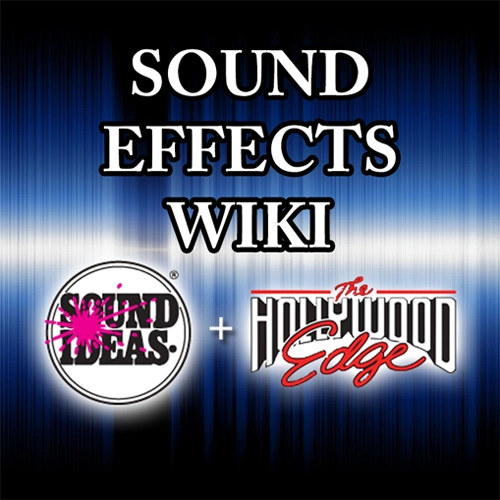
JP/NA: March 1994
WW: April 1994
Sega Saturn
JP: April 1, 1995
NA: May 11, 1995
EU: July 8, 1995
Windows PC
JP: September 27, 1996 (Enhanced Board version)
EU: November 14, 1996
NA: December 1996
JP: December 6, 1996
PlayStation 3
NA: October 25, 2011
JP: October 26, 2011
EU: November 23, 2011
Xbox 360
WW: October 26, 2011
Daytona USA is an arcade racing game developed by Sega AM2 and published by Sega in March 1994. Inspired by the popularity of the NASCAR motor racing series in the US, the game has players race stock cars on one of three courses. It was the first game to be released on the Sega Model 2 arcade system board. Daytona USA is one of the highest-grossing arcade games of all time.
Sega partnered with GE Aerospace to develop the Model 2, which renders 3D graphics capable of texture filtering and texture mapping. Daytona USA was developed by AM2 after a meeting of the heads of Sega's regional offices to decide on a game to debut the Model 2 hardware. The concept was suggested by Tom Petit, president of Sega's American arcade division, with input from AM2 director Toshihiro Nagoshi, who became the game's director and producer. Sega aimed to outperform Namco's Ridge Racer (1993). The developers researched motorsports extensively; they mapped Daytona International Speedway, and their experience developing Virtua Racing (1992) helped with lighting and camera control.
Daytona USA was a critical and commercial success, praised for its graphics, soundtrack and gameplay. A conversion was made for the Sega Saturn in 1995, and was followed by sequels and enhancements for consoles and arcades. It has been frequently named one of the best video games of all time.
Gameplay[]
In Daytona USA, the player drives a stock car known as the Hornet. The player's objectives are to outrun the competing cars and complete the race before time runs out, passing checkpoints to collect more time.Players begin in last place and compete against a field of up to 39 computer-controlled cars, dependent on the course selected. Three courses are available for play: Beginner, Advanced, and Expert, also known respectively as Three Seven Speedway, Dinosaur Canyon, and Seaside Street Galaxy. Adaptive difficulty is used; the first lap of each race measures the skill of the player and adjusts the difficulty of opponents accordingly. For less skilled players, opposing cars open lanes for the player, while higher-skilled players have to deal with opponents that block their path. The game's physics include realistic driving mechanics, including drifting and power sliding. The steering wheel in the arcade cabinet uses force feedback so players feel collisions and bumps. Shifting is performed with an H-type shifter.
Daytona USA's arcade version on the Model 2 is capable of displaying up to 300,000 texture-mapped polygons per second, nearly double that of the previous Model 1. Visually, the game uses texture filtering, giving the visuals a smooth appearance. As in Virtua Racing, the game's camera system presents four different view perspectives from which the game can be played, and also includes the ability to view behind the car. The arcade version allows up to eight players to compete with each other, depending on the number of cabinets linked together. Linked deluxe cabinets may also include a camera pointing towards the drivers seat, linked to a closed-circuit television to show the player on a separate screen. In multiplayer, only the lead driver needs to reach a checkpoint before time runs out. To keep players involved in multiplayer battles, rubber-banding is in place, ensuring all players stay involved in the race.
The Sega Saturn version does not include multiplayer, but includes an additional "Saturn" mode, which turns off the game's timer and adds more cars for the player to choose from. Additional "Endurance" and "Grand Prix" modes are also included, both of which require pit stops. Sustaining damage in a race in these modes will adversely affect the car's performance. The PlayStation 3 and Xbox 360 versions included online multiplayer with up to eight players.
Also See[]
- Daytona USA 2
- Daytona USA 2001
- Daytona Championship USA
